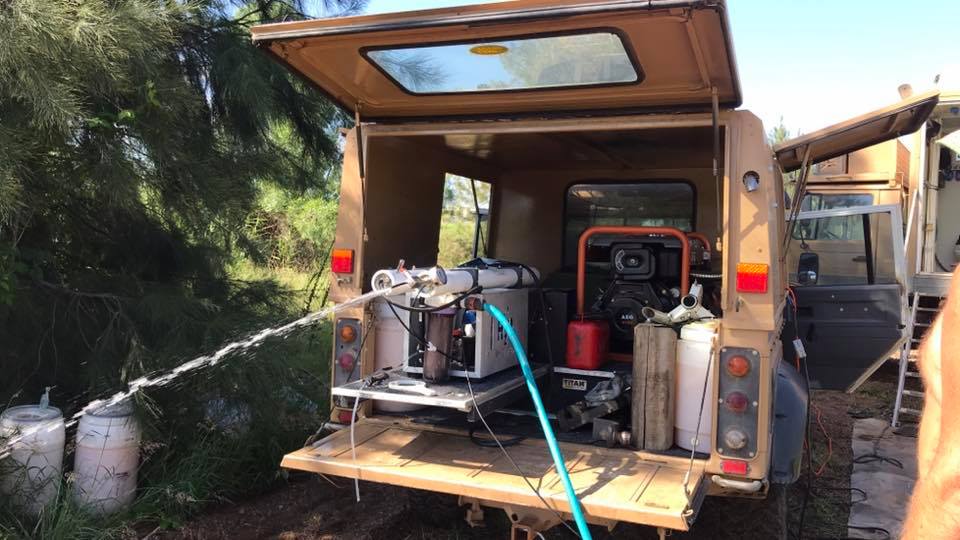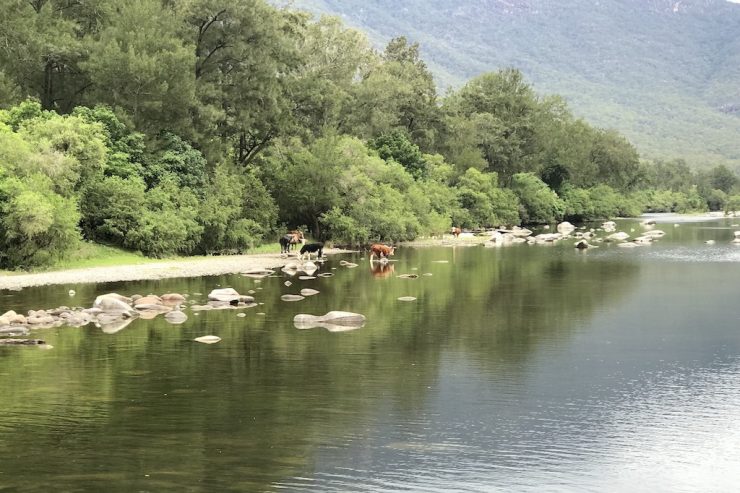Fresh water creeks and rivers in Australia can look nice and fresh, even pristine, and high in the hills you may find the water is perfectly safe to drink at different times of the year.
Recently we were visiting just one of these beautiful mountain streams, and we thought the water looked perfect for drinking and so we filtered some water through a 5 micron filter and a carbon filter and filled an ice cube tray, the result showed that the water was still full of algae regardless of how clean it looked and how much it was filtered.
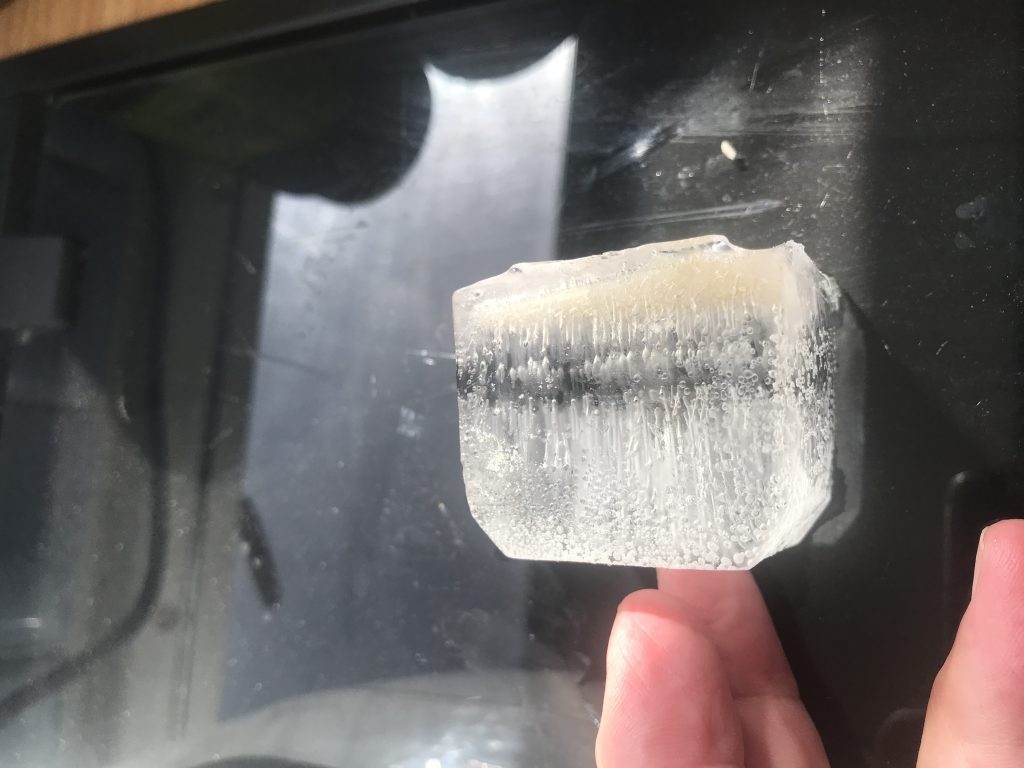
This is what you must consider with natural waterways, the danger lies in what you can’t see in the water.
Three of the most common public health risks to water users are:
Microbiological pollution
Algal blooms
Contamination from agriculture, mining and other human activities
Microbiological pollution in water includes bacteria, viruses and protozoans, which are usually associated with human or animal faeces. Sources of microbiological pollution include:
Storm water runoff
Sewage treatment plant malfunctions
Boating wastes
Malfunctioning septic tanks
Farming activities (cattle, sheep)
Faeces from domestic animals (dogs) and wild animals (birds)
Recreational population using the water for swimming.
It is estimated that 4800 tonnes of cow dung infiltrates rivers and creeks every day in Victoria alone, with similar figures in other states.
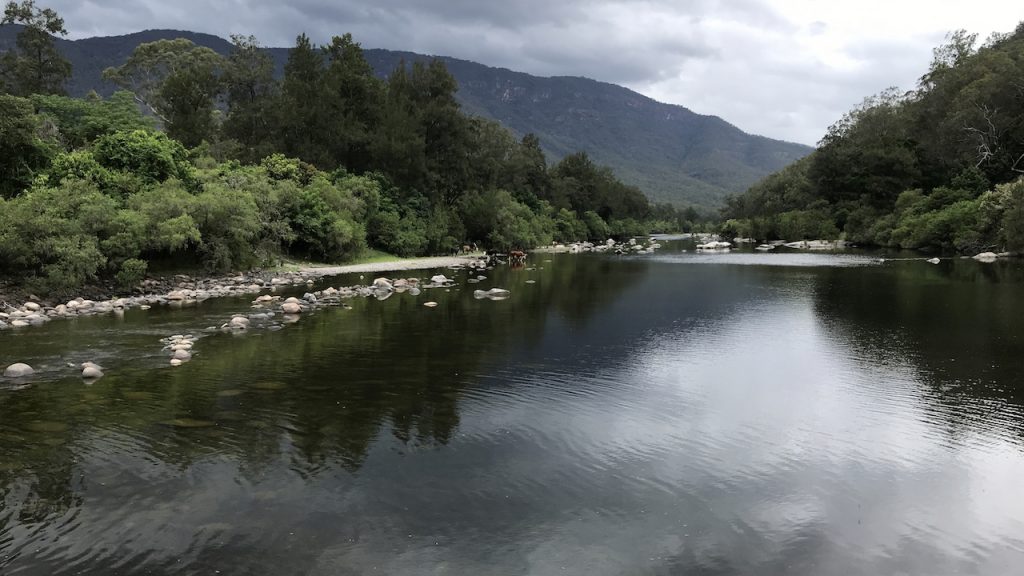
Using a H2O on the Go reverse osmosis system takes elevates the worry of considering if the water your considering drinking may be contaminated with microbiological fouling, our pressured reverse osmosis systems remove all bacteria, viruses and protozoans from the water, making it perfectly safe to drink.
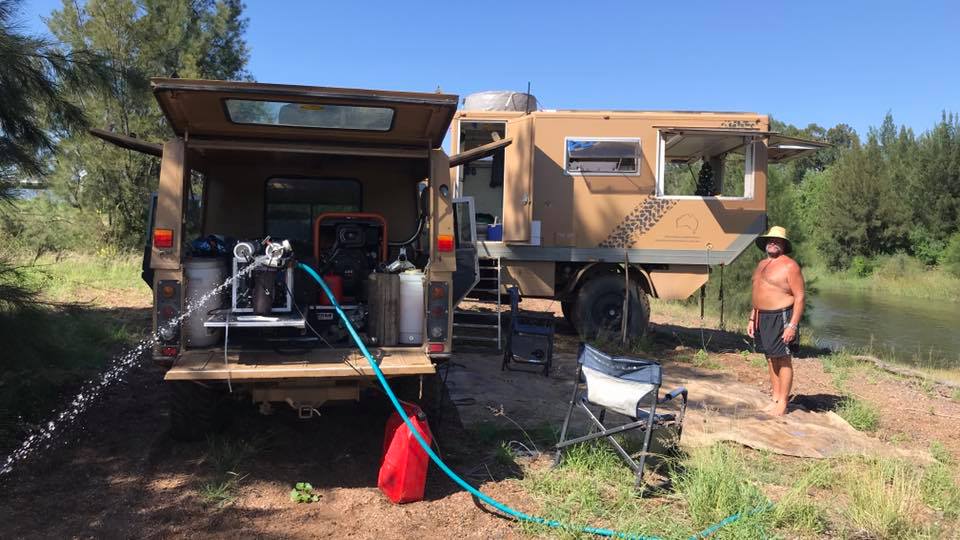
Blue-green algae blooms thrive in warm, calm, shallow bodies of water where the water is hard, alkaline and rich in nitrogen, phosphates, carbonates and organic matter.
Algal blooms can kill livestock and pose a high risk to the health of humans, many rivers and dams we have travelled to over the years have signs posted stating there may be a risk of Blue-Green Algae, while you may take the risk of swimming if the water look clear and not covered in green slim, drinking the water is a risk you probably don’t want to take.
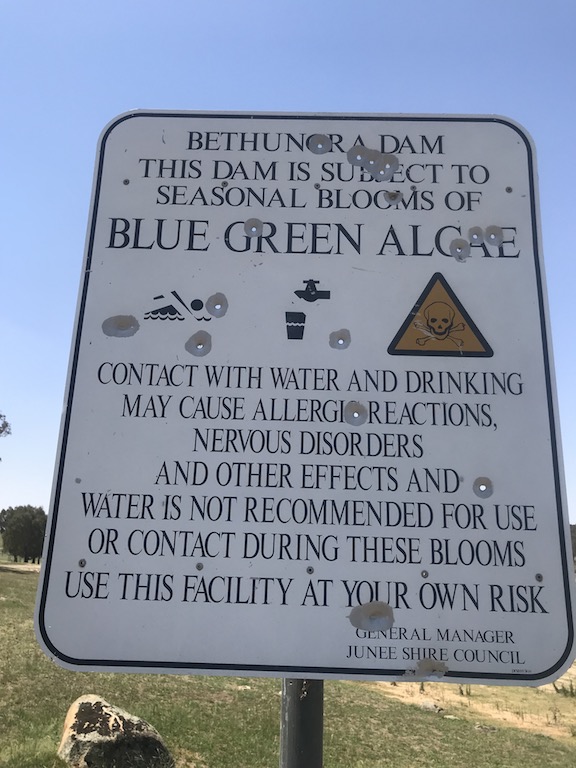
While I would never recommend using any reverse osmosis system if the water is covered in green slim, (it poses a high fouling risk to the system) if the water is still clear but the dam, river or lake has warning signs it is a perfect opportunity to fill your tanks with water. If there is some invisible algae, the reverse osmosis system will totally remove the cyanobacteria (the cause of blue green algae outbreaks) from the water making it safe to drink.
Reverse osmosis also removes, pesticides, heavy metals, minerals, radioactive isotypes and many other water contaminates that could be in the water from agriculture and mining.
Unless you’re carrying a full water testing unit, you will never know what the water contains, to be sure you not putting your health at risk it is always best to either fill up in town or if you have a H2O on the Go system, use it for all fresh water supplies.
